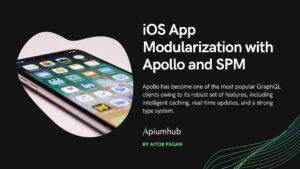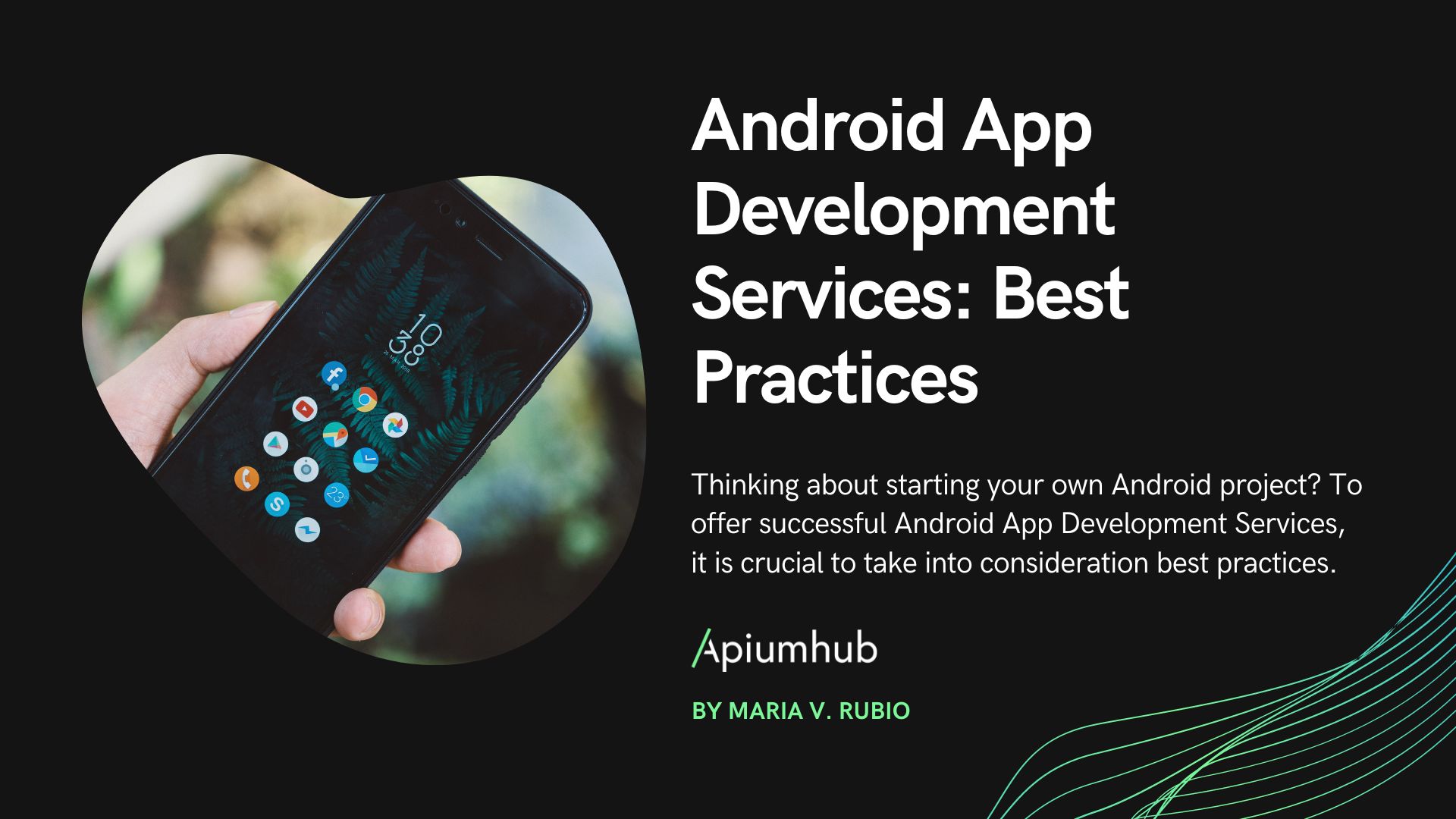Table of Contents
Accessibility features play a pivotal role in ensuring that smartphones and other electronic devices are not only functional but also inclusive for individuals with disabilities. In today’s digital age, where technology has become deeply ingrained in our daily lives, the importance of ensuring that everyone, regardless of their physical or cognitive abilities, can effectively use these devices cannot be overstated. Both major mobile operating systems, iOS developed by Apple for iPhones and iPads, and Android, the operating system utilized by a multitude of smartphone manufacturers, recognize this necessity and have incorporated a diverse array of accessibility options.
These features not only empower users with disabilities to navigate and interact with their devices seamlessly but also underscore the ongoing commitment towards fostering a more inclusive technological landscape. By exploring the depth of accessibility features available on these platforms, we can gain insights into the advancements made in promoting digital accessibility and the potential avenues for further enhancement.
Common Accessibility Features Available on Both iOS and Android
- VoiceOver/TalkBack:
iOS (VoiceOver): A screen reader that describes what’s on the screen and helps users navigate through touch and gestures.
Android (TalkBack): Similar to VoiceOver, it provides spoken feedback to help users with visual impairments.
- Magnification Gestures
iOS: Allows users to triple-tap the screen to zoom in and out.
Android: Users can triple-tap and hold to zoom in, then pan around the screen with their fingers.
- Closed Captions and Subtitle
Both platforms provide options for enabling closed captions for videos.
- Text-to-Speech
iOS (Speak Screen): Users can have the device read the contents of the screen aloud.
Android (Select to Speak): Similar functionality to read text aloud.
- Color Inversion/Color Correction
Both platforms offer options to invert colors or adjust them for better visibility.
- Accessibility Shortcut
iOS: Triple-clicking the home button (on devices with a home button) or the side button (on newer devices) can quickly enable or disable accessibility features.
Android: A shortcut to accessibility features can usually be added to the quick settings menu.
- Font Size and Display Settings
Users can adjust font size, display size, and other visual settings for better readability.
- Hearing Aid Compatibility
Both iOS and Android devices often have features to improve compatibility with hearing aids.
- Gesture Controls
Customizable gestures on both platforms to accommodate various motor abilities.
- Voice Control
iOS: Allows users to control their devices using voice commands.
Android: “Google Assistant” on Android devices can also be used with voice commands.
For the most up-to-date and detailed information, it’s recommended to refer to the official documentation provided by Apple for iOS devices and Google for Android devices.
Accessibility tests conducted automatically apply to both Android and iOS devices and can be executed through diverse methods. Typically, these tests leverage platform-specific tools like UI Automator for Android and XCTest for iOS.
When employing these tools, it is necessary to create custom accessibility tests. For instance, you can develop a test case to verify if an accessibility label has been assigned to an image. Alternatively, you can ensure that the accessibility role ‘button’ has been appropriately assigned to all buttons within your application.
Android Accessibility Tools
This library conducts diverse accessibility-related examinations on Android entities.
Accessibility Insights for Android is a no-cost, open-source utility designed to aid developers in identifying and resolving accessibility issues within Android applications.
The Accessibility Scanner is a tool designed to analyze the user interface of an application and offer suggestions on enhancing the app’s accessibility.
Axe Android is a library equipped with automated WCAG 2.0 and WCAG 2.1 tests tailored for Android applications.
iOS Accessibility Tools
A11yUITests is an extension to XCTestCase, incorporating tests for prevalent accessibility issues that can be executed within an XCUITest suite.
AccessibilitySnapshot simplifies the integration of regression tests for accessibility in iOS apps. This framework extends the concept of snapshot testing by capturing snapshots of the accessibility hierarchy.
GSCX, Google Scanner for Accessibility, serves as a developer assistant embedded within an iOS app’s process. It scans the app for accessibility issues, identifying potential issues before developers even write tests for them.
SwiftLint is a tool designed to enforce Swift style and conventions, encompassing a single rule specifically focused on accessibility.
GTXiLib, Google Toolbox for Accessibility on the iOS platform, enhances your XCTests by incorporating accessibility checks.
The Accessibility Inspector allows you to pinpoint elements of your app that lack accessibility and offers guidance on how to make them accessible.
The xiblint script assesses .xib and .storyboard files for adherence, encompassing four rules dedicated to accessibility.
The XCUIAccessibilityAudit API empowers you to conduct an accessibility audit, incorporating nine distinct types of tests.
Automated tools for accessibility testing are crucial for developers to guarantee that their apps are accessible to a wide range of users.
At Apiumhub, we specialize in iOS and Android development, implementing accessibility best practices to deliver functional software that ensures a delightful experience for every user. Reach out to us if you have a mobile project.
Author
-
Ekaterina Novoseltseva is an experienced CMO and Board Director. Professor in prestigious Business Schools in Barcelona. Teaching about digital business design. Right now Ekaterina is a CMO at Apiumhub - software development hub based in Barcelona and organiser of Global Software Architecture Summit. Ekaterina is proud of having done software projects for companies like Tous, Inditex, Mango, Etnia, Adidas and many others. Ekaterina was taking active part in the Apiumhub office opening in Paseo de Gracia and in helping companies like Bitpanda open their tech hubs in Barcelona.
View all posts











